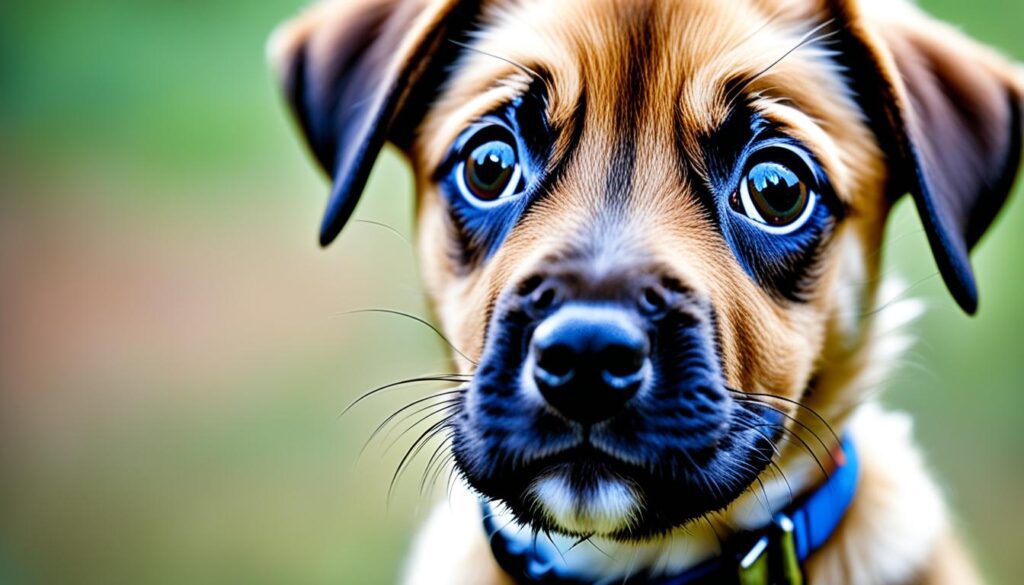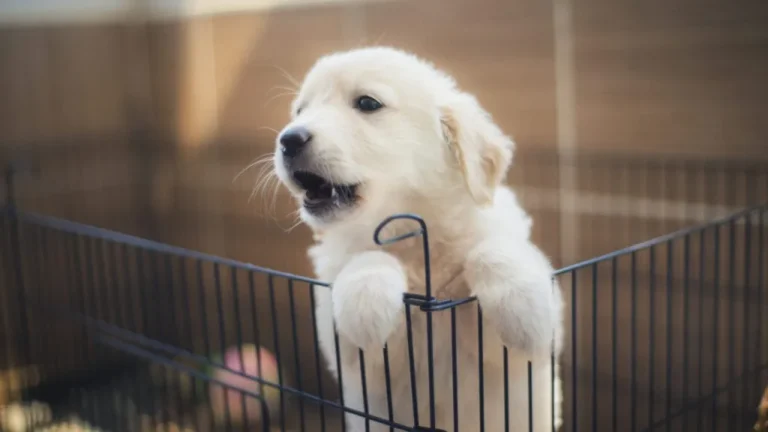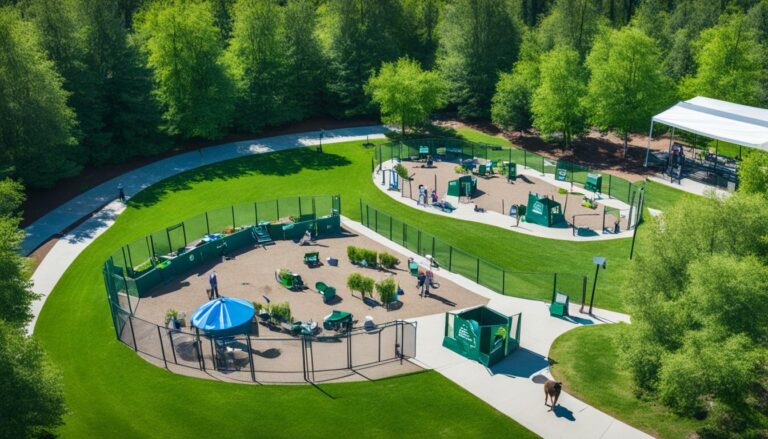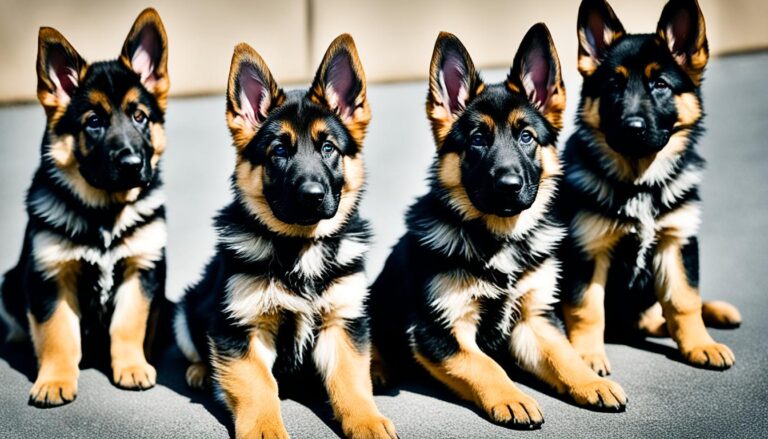What Is The Best Puppy Need
Welcoming a1 puppy into our lives is a magical moment. It doesn’t matter if it’s your first pet or you’re adding to your family. Bringing home a2 puppy is both exciting and a big change. These cute3, lively dogs fill our lives with energy, fun, and love. As we start this journey with a1 puppy, knowing about their growth and how to make them feel at home is key.
Key Takeaways
- Puppies go through distinct developmental stages, from prenatal growth to adolescence.
- Proper socialization and training during the critical early weeks and months are crucial for a well-adjusted2 puppy.
- Introducing a new1 puppy to an existing family dog requires careful planning and supervision to ensure a harmonious relationship.
- 3 Puppies reach adulthood between one and two years of age, with smaller breeds maturing faster than larger breeds.
- Observing physical and behavioral changes can help determine a3 puppy’s age and progression towards adulthood.
Unraveling the Mysteries of Puppy Development
Prenatal Stages: From Conception to Birth
The journey of a puppy’s development starts long before they take their first breath. It begins with the prenatal stages, a remarkable process from a single cell to a complete puppy. The germinal stage lasts about two weeks, where the fertilized egg moves to the uterus and the placenta forms4.
Then comes the embryonic period, from day 14 to day 28. Here, the puppy’s organs and body systems start to form4. By day 28, the fetal period begins, and the puppy’s senses and organs keep getting better until birth on day 634.
Postnatal Growth: Witnessing the Incredible Transformation
When puppies are born, they can smell fully, but their vision and hearing take a bit longer to develop4. They start showing social behaviors like growling, biting, and wagging their tails early on4. As they grow, they get better at moving and playing with their siblings4.
The genetic makeup of each puppy makes them unique, shaping their personalities and traits5. Knowing about a puppy’s genetics helps us understand and manage their behavior5.

“In approximately 15,000 years, the level of morphological divergence among dog breeds has exceeded that seen between many genera of wild canids.”4
The change from a newborn puppy to a grown dog is amazing. By understanding this journey, we appreciate how adaptable and diverse our canine friends are.
puppy: The Furry Friend That Steals Our Hearts
Bringing a new puppy into our lives is a mix of joy, wonder, and some challenges. It’s important to think about their needs, from vet care to the right supplies6.
Choosing the right breed is key to our puppy’s happiness. Each breed has its own look, personality, and grooming needs6. Picking a breed that fits our lifestyle helps our puppy thrive from the start.
Regular vet visits, shots, and parasite prevention are vital for a puppy’s health6. These steps keep our puppy safe and give us peace of mind.
Having the right puppy supplies, like good food, comfy bedding, and fun toys, helps a lot7. The right care items make sure our puppy grows well and stays happy.
“Adopting a dog is a life-changing experience, and it’s one of the best decisions I’ve ever made. The joy and companionship they bring are truly priceless.” – John Doe
Raising a puppy is a rewarding journey filled with love, laughter, and challenges. By focusing on their vet care, providing the right supplies, and choosing the best breed, we help our furry friend grow and thrive8.
Socialization: The Key to a Well-Adjusted Puppy
Puppies are naturally social animals. Their early development is key to their future behavior and happiness. The best time to socialize them is between 3 and 14 weeks old9. This period is when they learn the most from new experiences.
We should focus on positive interactions and exposing them to different things. This helps them become confident and friendly friends.
The Importance of Early Exposure and Positive Reinforcement
Socializing puppies is crucial. If they don’t get enough social time, they might be scared or aggressive later on9. But, if they do get socialized, they’re more likely to be friendly and calm around new things9.
By showing them lots of different sights, sounds, and people in a safe place, we help them grow into happy dogs9. This early exposure and positive experiences are key to their success.
Puppy socialization and training classes are great for meeting other puppies in a safe way9. The S.T.A.R. Puppy program and the AKC Canine Good Citizen test also help teach dogs good manners and obedience10. Using positive reinforcement in these classes strengthens our bond with our puppies and teaches them important skills.







